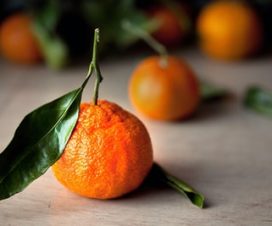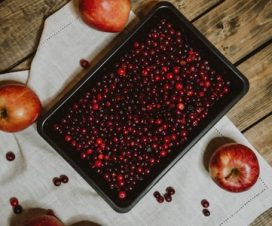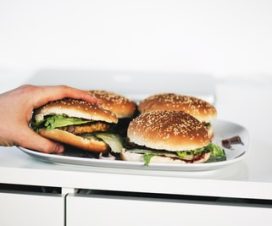More and more studies continue to emerge on the brain fit benefits of some food and drinks. The best part is that some of these are foods and drinks that many of us enjoy. We all know that fruits and veggies help our general health, but what other goodies help the function of the brain and could be part of our brain fitness program?
A new study in the Journal of Nutrition evaluated the cognitive performance of over 2,000, seventy – seventy four year olds who regularly eat chocolate, drink tea, or drink wine. Researchers compared these adults performance on a battery of cognitive tests to same-age adults who did not partake in one or all of these culinary delights.

The study concluded that eating chocolate, drinking tea or drinking wine, was associated with improved performance on tests for learning, memory, word association and other types of intellectual function. What’s more is that eating and drinking all three was better than one or two. Now let’s get to a little of the nitty-gritty.
Chocolate – How Much and What Kind.
Chocolate eaters performed better than non-chocolate eaters, but don’t go out and stuff your face too much. First of all, the benefits are confined mostly to dark chocolate and the higher the concentration of cocoa, the better. This is where most of the beneficial flavonoids come from in this particular delicacy. As for the amount, about 10g per day did the trick, which is about one-third of an ounce for you non-metric types. Just a little square after dinner will do it.
Tea Time
Tea drinkers did better than those who didn’t drink tea on all the cognitive tests as well. The researchers in this study were not able to separate green tea from black tea drinkers. Both types of tea have about equal concentrations of flavonoids anyway, but the study was not designed to distinguish between the varieties.
Wine and Dine
Wine had the strongest effect on cognitive performance in this study. However, it was a relatively modest amount that had the biggest effect, on the order of about half a glass per day. After that, there wasn’t really any added benefit. The study did not include heavy drinkers to evaluate how much is too much. However, past studies have indicated about one to two glasses a day may be OK. White and red wines were not separated for this study either and many previous studies have implicated red wine more strongly in overall health. But, several studies have also implicated any alcohol in moderation to improved cardiovascular tone, which probably translates into neurovascular health as well (the blood supply to the brain).
A big caveat to all of this is that these older adults had likely been eating dark chocolate and drinking tea and wine for a long time. It’s unclear how long is necessary to see beneficial effects for any of these, but like most things, it’s likely that the earlier the better, but it’s never too late to start. Of course, these studies are also associative, which means we can’t leap from correlation to cause and all we know is that chocolate, tea and wine, among others, may be linked to improved health and cognitive performance in healthy individuals.
So there you have it. Organic, whole food, anti-oxidant, anti-aging, anti-stress and anti-cancer properties, of which I am unaware, are now reasonably well-known thanks to thelarches of websites like Healthy Foods Daily and others.
Names like that, and the often viral nature of social media, have made it easy to scrub up or ignore many of the more fanciful claims and popular websites that float by on the web. But one thing that never changes is the will and determination of people to live a healthier lifestyle, if only they can afford it. And if they can’t afford it, well at least we can be sure that there will be plenty of people who will have their health advantages associated with consuming organically grown products.
And we know there are many. Organic food is expensive, sometimes prohibitively so, but sales of organic continue to grow beyond food retailers, even in mainstream supermarkets. And these aren’t just about foods and fruits. We now have sales for vegetables, too, although at present they serve more as premises for gardens than as ingredients in food.
So now we come to McDonalds and other fast-food chains. Organic food is big there, too, and the trend is toward consuming smaller portions and ready meals than perhaps ever before. Organic baby food is even big business – in the $4 category the leading brand in the United States is often called “Organic baby?” Well, organic may not be so much for kids, but there is definite evidence that conventionally grown food (which in itself is full of chemicals) is unhealthy for adults too.




